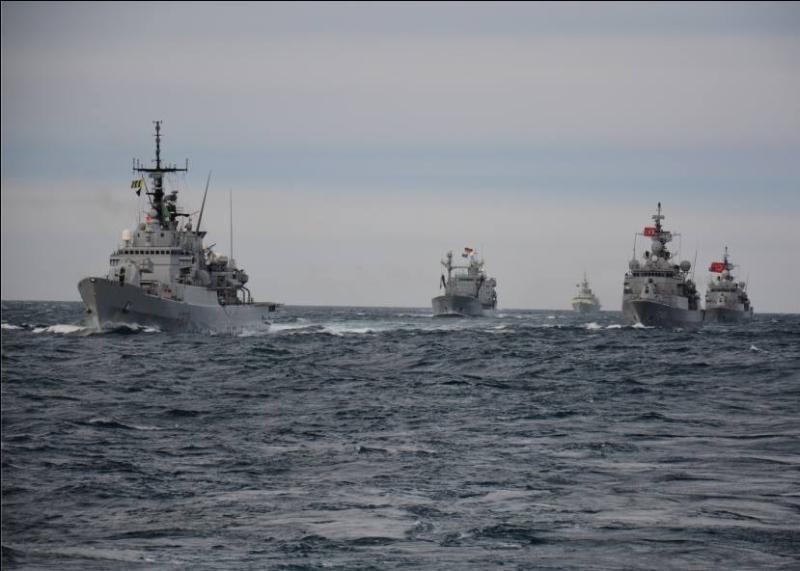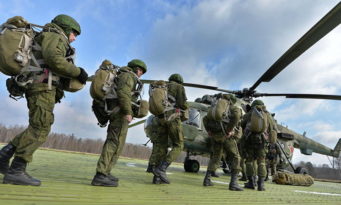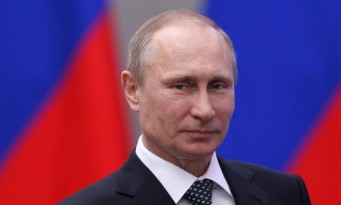NATO’s “Aegean Pivot”

- By defencematters
NATO’s Standing Maritime Group 2 (SNMG2) is currently deployed in the region and will be tasked to conduct reconnaissance, monitoring and surveillance of illegal crossings in the Aegean.
Andrej Matisak
NATO’s Standing Maritime Group 2 (SNMG2) is currently deployed in the region and will be tasked to conduct reconnaissance, monitoring and surveillance of illegal crossings in the Aegean. It will also establish a direct link with the European Union’s border management agency, Frontex. Defence Matters asked Andrea Frontini and Juliane Schmidt, Policy Analysts for the European Policy Centre (EPC) if they think that NATO should/will play a bigger role in efforts of solving the refugee crisis or not and why?
NATO’s decision to help ‘stem the flow’ of refugees in the Aegean Sea comes as an ultimately political move by the Atlantic Alliance, which serves different purposes. Firstly, it seems to be meant to signal the Alliance’s reinforced attention to Europe’s Southern neighbourhood, and should also be read in conjunction with the NATO Defence Ministers’ resolution to support the US’s fight against ISIS more boldly, notably via the use of NATO-owned AWACS to that effect.
In that light, the Alliance’s ‘Aegean pivot’ is also part of a somewhat challenging balancing act between the Eastern and Southern ‘fronts’ of its current security policies in and around Europe, especially after the Ukrainian crisis has pushed NATO to re-position itself as the ultimate guarantor of the territorial defence of its Eastern European Member States, partially to the expense of its external projection elsewhere, including – potentially, at least, and not necessarily in the forms witnessed in its 2011 Libya air campaign – in the Southern neighbourhood.
At a more ‘intra-NATO’ political and operational level, the decision also aims at appeasing the different but parallel concerns by Germany and Turkey about the increasingly difficult management of refugee flows from the Southern neighbourhood to Europe, both in its internal and external dimensions. At the same time, the move also intends to re-vitalise, although on different grounds, the long-standing and poorly visible ‘Active Endeavour’ operation launched by NATO allies back in 2001.
While the political rationale of such a move is relatively clear and understandable, whether it can really deliver its stated goals remains to be seen. A number of uncertainties, spanning from force-generation to the legal and operational complexities of the mandate – notably in the case of encounters with distressed migrant boats in the Aegean Sea – still loom large on the future outcomes of this decision.
Overall, while NATO’s involvement can provide a temporary solution to some of the security risks related to human smuggling, the rationale for this step does not seem to be security-related, but is rather based on managing migratory flows. Despite its valuable capabilities, NATO is not a border management agency like EU’s FRONTEX. What is needed, in fact, is a longer-term and more effective policy response through stronger intra-European cooperation in maritime border management and surveillance, and search and rescue tasks, among others – something that the European Union has started developing already, although still with insufficient results.
More broadly, Europe at large needs to engage further with the international community in order to tackle the root causes of the phenomenon in the countries of origin and transit, and this is where NATO can and should have a crucial role to play, along with other players including the EU, the UN and regional actors. Without doing so, today’s NATO decision risks to provide another modest palliative to a much greater problem.

















